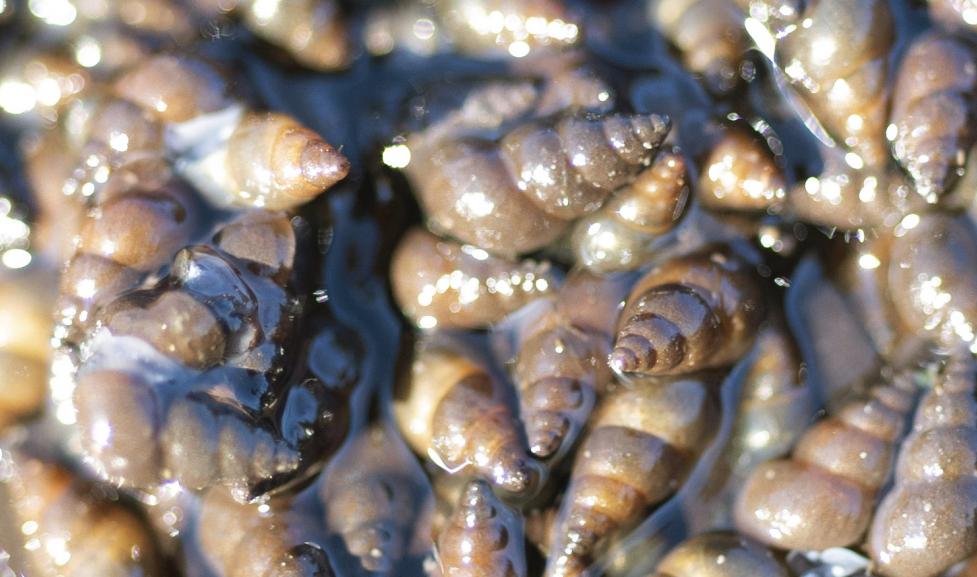- They’re tiny! Adults are about the size of a grain of rice and immature snails are even smaller.
- They’re clingy! Because they’re so small, they can sneak aboard almost anything including waders, boots, floaties, and even between the pads of a dog’s foot. If it can carry a sand grain, it can carry a mudsnail.
- They’re hardy! Mudsnails can survive out of water for days.
- It only takes one! Mudsnails reproduce asexually (i.e. cloning) so a single mudsnail can result in a colony of 40 million snails in just one year.
- They’re tenacious! Once they establish in a creek, it’s practically impossible to get rid of them.
- They’re bad news! New Zealand mudsnails can achieve densities of over 70,000 snails per square foot. They displace native aquatic insects, which fish eat, and pass through fish digestive systems without being digested. Ultimately this can result in reduced growth rates and lower populations of fish.
Holiday Closures
In observance of the Christmas and New Year’s holidays, the City of Boulder is adjusting its operations schedules.

